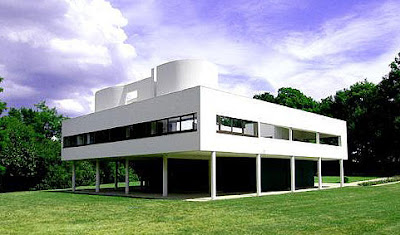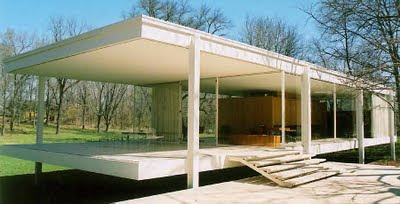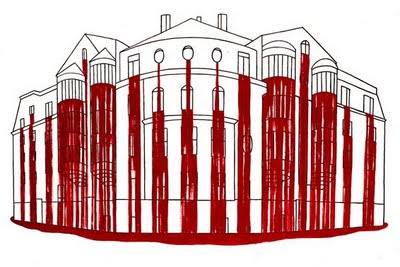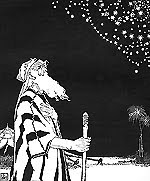
Mariano Akerman, Jerusalem, 1992
O afflicted one, storm-tossed, and not comforted,
Behold, I will set your stones in antimony,
And your foundations I will lay in sapphires.
Isaiah 54:11
David Roberts, Jerusalem, 1839
Rembrandt, The Sacrifice of Isaac, 1655
The Western Wall and tho Mosque of Omar, photograph, 1978
Boris Shatz, The Ark of Covenant, 1924
Shmuel Katz, Jerusalem and its Walls, 1975
King David, Gaza Synagogue mosaic, 550 CE
Seal of Ma'adana, 7th century BCE
Luca Giordano, Solomon's Dream, 1693-4
Fergusson, Solomon's Temple, conjectural reconstruction
Temple Implements, Perpignan Bible, 1299
Nicolas Poussin, Judgement of Solomon, 1648
Raphael, The Expulsion of Heliodorus from the Temple, Vatican fresco, 1511-12
Ark of the Law and Ritual Objects, Beth Alpha Synagogue mosaic, 550 CE
Silver Hanukkah lamp, Central Europe, 1830
Avi Yonah, Model of Herod's Temple, c. 1970s
After Michelangelo, The Purification of the Temple, 16th century
Simone Martini, The Bearing of the Cross, 14th century
El Greco, The Crucifixion, 16th century
Raphael, The Resurrection, 1501-2
Jerusalem, Santa Maria Maggiore mosaic, Rome, 450
Andrea del Sarto, Sacrifice of Isaac, 1528
The Dome of the Rock, Jerusalem, photographs
Anonymous, Sacrifice of Isaac, Egyptian mural
The Ark of the Law, Roman glass, 4th century
Ecclesia et Synagoga, Liebfrauenkirche sculptures, Trier, 1250
Jean-Leon Gerome, The Wailing Wall, 1870
Anna Ticho, Judaean Desert, 1970
Rafi Peled, Lions' Parade, Jerusalem, 2002
R.B. Kitaj, Arabs & Jews (Jerusalem), 1985
Dead Sea Manuscripts: The Great Isaiah Scroll, Qumran, 125 BCE
Marc Chagall, Peace, mosaic detail
Mariano Akerman, Jerusalem, 1992
The Foundation Stone, also known as "Navel of the World"
Hebrew, English, German, Russian, Farsi, Turkish, Indonesian
Reference
Solomon 1 2
The Dream of Solomon at Gibeon, by Luca Giordano, 1693. The painting is a depiction of the passage from the Bible, I Kings 3:5-15, in which God appeared to the young king. In the dream God asks Solomon what gift he wanted and Solomon responded that he wanted understanding so that he could properly judge the people. The Neapolitan Giordano produced this painting in Spain when he was about fifty-nine years old. He had just entered the service of the Spanish king. He became wealthy in that service and returned to Naples in 1702 where he died three years later. The painting is 361 cm wide and 245 cm high and is in the Museo del Prado in Madrid.
Raphael, The Judgement of Solomon, 1510-11. Fresco, 120 x 105 cm. Stanza della Segnatura, Palazzi Pontifici, Vatican
















